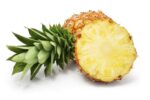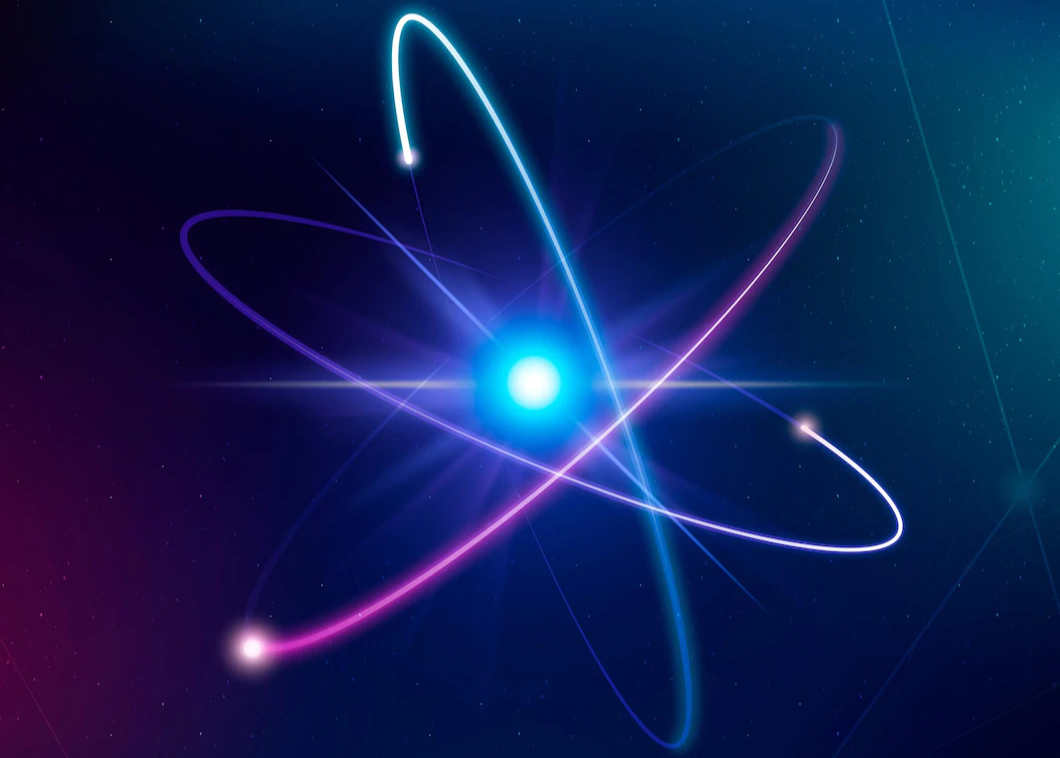Isotopes :-
These are atoms of the same elements having same atomic number but different mass number and neutrons number.
Examples –
₁H¹, ₁H² and ₁H³
(protium) (deuterium) (tritium) are the Isotopes of hydrogen.

Here deuterium oxide to form heavy water.
Note – Tritium nuclei being unstable, do not occur naturally and are produced artificially in laboratories.
Other examples –
Oxygen → ₈O¹⁶ , ₈O¹⁷ and ₈O¹⁸
Chlorine → ₁₇Cl³⁵ and ₁₇Cl³⁷
Neon → ₁₀Ne²⁰ and ₁₀Ne²²
Carbon → ₆C¹² , ₆C¹³ and ₁₄C¹⁴
- The element gold (Au) has 32 isotopes ranging from A = 173 to A = 204
- As the atoms of isotopes have identical electronic structure, They have identical chemical properties and placed it in the same location in the periodic table.
Isobars :-
Isobars are atoms of different elements having the same mass number ‘A’ but different atomic number ‘Z’
Examples – The nuclei ₈O¹⁶ and ₇N¹⁶ represent two isobars.
Since Isobars are atoms of different elements, they have different physical and chemical properties.
Other examples –
₁H³ and He³
₇N¹⁴ and C¹⁴
₈O¹⁷ and F¹⁷

Isotones :-
These are atoms of different elements having the same number of neutrons (n).
Examples –
₆C¹⁴ and ₈O¹⁶
n = A – Z n = A – Z
= 14 – 6 = 16 – 8
= 8 = 8
₃Li⁷ and ₄Be⁸
n = A – Z n = A – Z
= 7 – 3 = 8 – 4
= 4 = 4
¹H³ and ₂He⁴
n = A – Z n = A – Z
= 3 – 1 = 4 – 2
= 2 = 2




